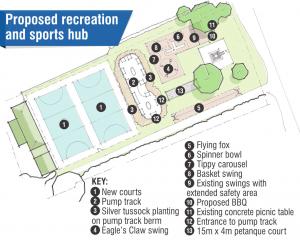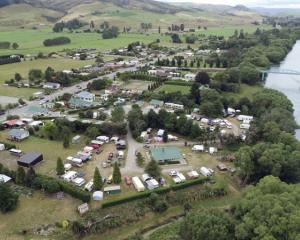
As is the case when reporters hit the road to pursue a story — that story leads to another.
The Otago Daily Times was at the dam on Tuesday after high winds across the Teviot Valley led authorities to urge caution on Roxburgh East Rd on the Roxburgh Dam wall due to debris blowing up from the water on to the roadway.
The debris was mostly driftwood and a lone jandal.
Closer inspection of the water beside the dam wall showed driftwood, a lone barbecue gas cylinder and at least a dozen examples of the summer staple footwear and other slip-on type shoes — unpartnered.
Contact Energy senior communications officer Leah Chamberlin-Gunn did not flip-flop in providing an explanation.
"Unfortunately, there is no great conspiracy theory behind the case of the lost jandals."
People enjoyed picnicking up the Manuherikia River in summer and Contact staff often found "all sorts of debris" at the Roxburgh Dam after flooding or heavy rain, she said.
"It’s not a permanent significant hit rate of jandals — [it] just depends on the weather.
"We can say we do not have a successful return-to-sender rate on the jandals and seldom ever find a matching pair."
Among unusual items found washed up against the dam in the past included a rubber ducky with race number still attached following a race upstream.
The "owner" of the duck was traced and it was returned with a prize for the slowest-racing duck, she said.
Central Otago Environmental Society chairman Mike Riddell said the floating footwear was news to him.
The society was more concerned about the unseen environmental impacts on the Manuherikia and Clutha Rivers caused by animal intrusion and fertiliser run-off, but "human detritus" which fell within the second tier of the central and local government Three Waters reform programme in terms of social and cultural impact was also a concern.
The effect of human recreational activities on the river needed to be taken into account, he said.












